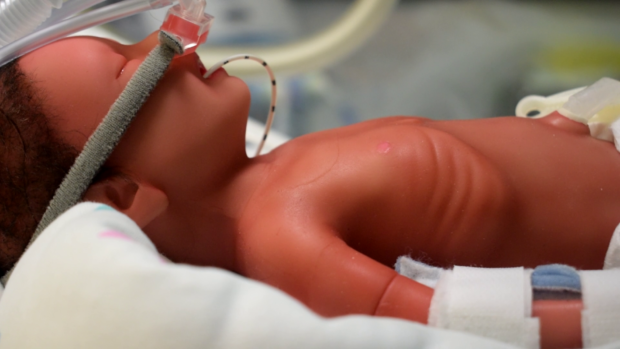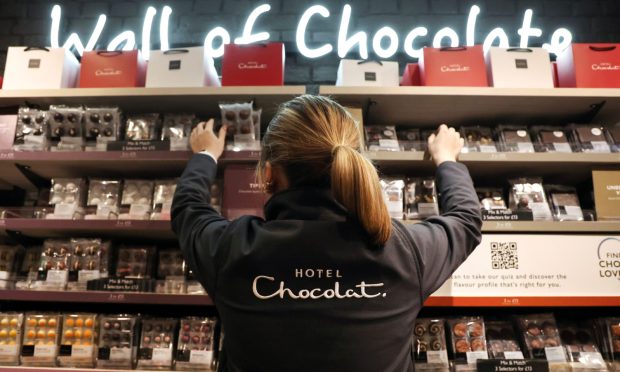An innovative simulation of a premature baby will be used to train Fife hospital staff to care for tots born before they have reached 28 weeks old.
Victoria Hospital’s neonatal team was the first in the UK to take delivery of the newly-developed advanced preterm baby simulator.
Paul, as the high-tech doll has been named, is roughly the size of a baby born at 27 weeks. He weighs less than a kilogramme (2lb 3oz) and measures only 14 inches long.
He will allow staff at the Kirkcaldy hospital to use cutting edge technology in their ongoing training and development.
Clinicians will be able to practise particular interventions and simulate various emergency scenarios in real time.
Of the 3,200 babies born in Fife last year, fewer than 200 were born prematurely, only seven of them before 28 weeks.
Thanks to the skills of the neonatal clinicians the survival rate of babies born so early is now around 90%.
Staff in the neonatal unit raised around £60,000 to buy Paul to ensure premature babies continue to receive high quality care.
Dr Sean Ainsworth, consultant neonatologist in the special care baby unit, said: “Providing high quality care for very early preterm infants is a complex and time-sensitive process, and can be particularly challenging for neonatal teams.
“Only a very small number of the infants we see are born at 28 weeks gestation or less so having the opportunity to regularly maintain and enhance our skills, both as individual clinicians and as a collectively, is invaluable.
“The device is already advancing our skills and improving the quality of care we provide to this vulnerable young patient group.”
Baby Penelope Low, born at 28 weeks, has been in the care of the special care unit since December 9.
Mother Tina Low said she had been on a “rollercoaster” since Penelope was born.
She said: “A few weeks ago we heard about it [Baby Paul] and it was really, really interesting to know what it can do, and what the nurses can do with it.
“It can only improve things and make things better.”
NHS Fife’s purchase will also benefit patients outside the region, as the device will be made available to neonatal units throughout Scotland the north of England.











